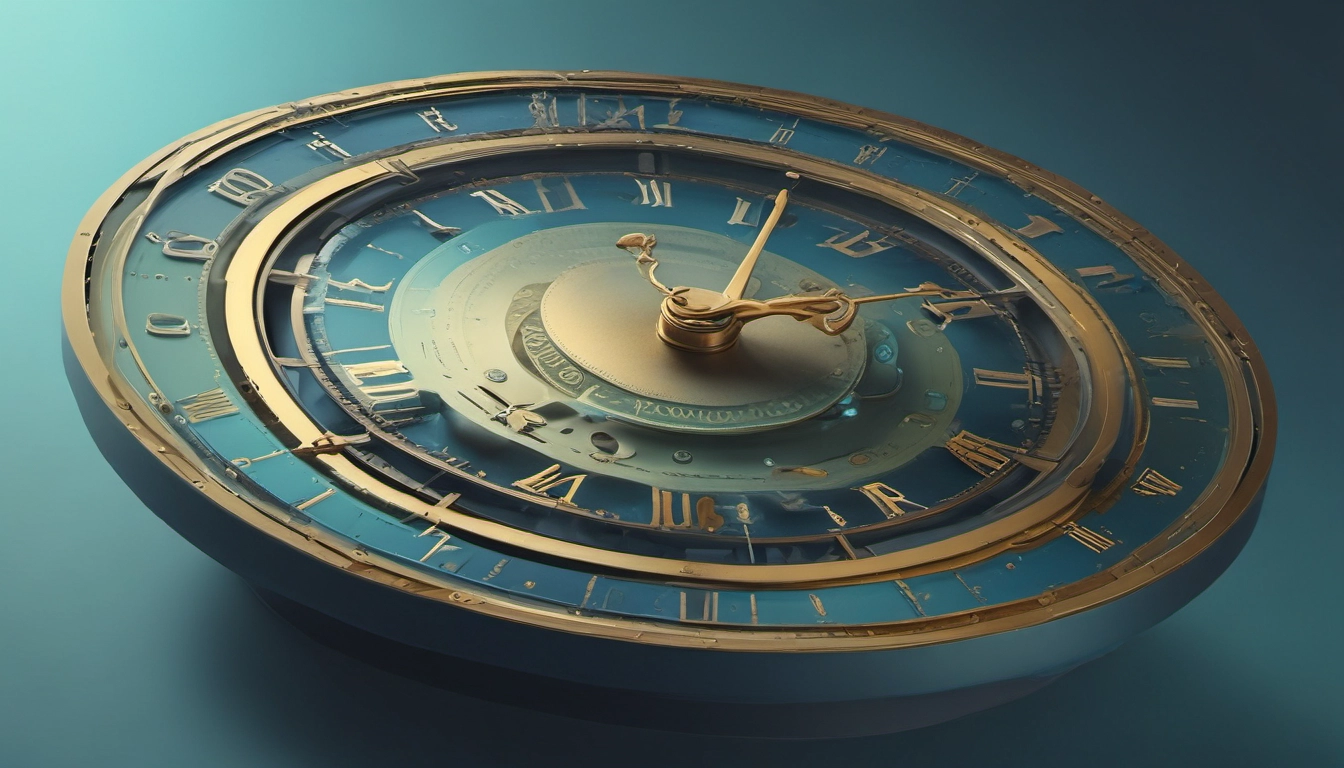Doomsday Clock: 89 Seconds to Midnight Explained
The Doomsday Clock moved to 89 seconds to midnight in 2025 — a warning from experts about rising nuclear, climate, and AI risks and what to do next.

Short answer: What the 89 seconds to midnight update means
The Doomsday Clock was moved to 89 seconds to midnight in January 2025. That number is a signal from the Bulletin of the Atomic Scientists that experts see the highest combined risk from nuclear weapons, climate change, and disruptive technologies like AI since the Clock began in 1947.
Key facts at a glance
- What it is: A symbolic clock created by scientists to show how close humanity is to a self-made global catastrophe. See the origin at Wikipedia and the Bulletin's FAQ at the Bulletin FAQ.
- Current setting: 89 seconds to midnight (2025).
- Main drivers: nuclear tensions, climate disruption, and risky new technologies such as poorly governed AI.
How to read the Clock
The Doomsday Clock is a metaphor, not a countdown. Midnight stands for a global catastrophe. The closer the minute hand is to midnight, the higher the experts judge the combined risk.
The scientists set the time each year after reviewing global events and trends. For a plain overview, visit the UChicago explainer.
Why 89 seconds — what changed in 2025?
The Bulletin’s Science and Security Board moved the clock one second closer in 2025. Their public statement points to three linked problems:
- Nuclear risks: Rising tensions and erosion of arms-control norms make major war more likely.
- Climate threats: Faster-than-expected changes in the climate system and weak global action raise the chance of severe disruption.
- Disruptive technologies: Rapid development of AI and other technologies without strong safety rules increases the risk of catastrophic misuse or accidents.
Reporting by Al Jazeera and NPR summarizes the move and its context.
How the Clock is set (simple explanation)
A board of scientists and experts reviews evidence each year. They weigh factors across categories like nuclear weapons, climate trends, and new technologies. Then they discuss and vote on the Clock time.
The method is qualitative — experts judge risk using data, history, and expert judgment. The Bulletin provides more detail in its timeline and statements at the Bulletin timeline.
Historic context
- 1947: The first Clock setting began as a magazine cover image.
- Cold War peaks moved the Clock close to midnight in earlier decades.
- 2020–2025: The Clock has stayed extremely close to midnight as multiple risks rose together.
What this means for different audiences
Policymakers (3 short steps)
- Reinforce arms control talks and reduce nuclear risks through diplomacy.
- Increase climate mitigation and adaptation funding now.
- Create governance rules for high-risk technologies like advanced AI.
Educators and reporters (3 short steps)
- Use the Clock as a teachable moment to explain trade-offs and history.
- Link to primary sources: Bulletin, UChicago, and BBC.
- Explain causes clearly: nuclear, climate, and tech risks.
Public (3 short steps)
- Stay informed via trusted sources listed above.
- Support policies that cut emissions and reduce nuclear risk.
- Encourage responsible AI rules for safety and transparency.
Practical takeaway
The Clock is a clear warning: risks are high and linked. It is meant to spur action, not panic. Small and large steps—from individual engagement to national policy—help lower those risks over time.
Where to learn more
- Bulletin of the Atomic Scientists: Official Doomsday Clock
- Doomsday Clock timeline
- UChicago explainer
- Al Jazeera summary (2025)
- NPR overview
Short checklist to share
- Check primary sources (Bulletin links above).
- Share simple facts: 89 seconds is a symbolic warning.
- Ask leaders to act on nuclear, climate, and AI safety.
"The Clock is a signal to the public and leaders that the odds of catastrophe have risen and that we must act now to reduce risks." — Bulletin summary
For journalists and educators, this explainer aims to make the 2025 move clear and usable. For policymakers and citizens, it points to direct steps that cut real risk.

